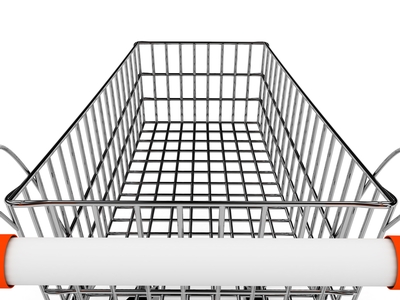
Sitting through videos with facilitators.
Filling out endless reams of paper … or doing so online, with interminable screens.
Lunching with peers and bosses.
Reviewing job descriptions, competencies, org charts, and the like.
Go home. Repeat.
It’s all part of Day One on a new job. An eight-hour-plus architecture where everything you ever wanted to know about your employer was sliced, diced, and presented with enough care to wow (and sometimes dull) the senses.
The real question: Does orientation – and its longer-term cousin, onboarding – work?
For executives, at least 40 percent fail within 18 months [though we can’t necessarily fault the getting-to-know-you process]. For workers, probably not – especially since 50 percent of HR professionals confess to having limited time to orient and onboard [courtesy of a 2011 SHRM survey].
What does work, say an increasing slew of studies, is attention to the individual, a personalized introduction to the company. Programs range from scavenger hunts to small group conversations, from a limbo bar (no kidding) to company sweatshirts emblazoned with the newbie’s name. Instead of orientation, it’s now called “organizational socialization,” intended to begin new hire engagement on Day One. So paperwork (or links to Web sites) is sent in advance. Ride-alongs and peer coaches give a good taste of reality, what it’s like working for Company ABC. And initial results show that such personalization promotes higher job satisfaction, better job performance, greater organizational commitment – and reduction in stress and intention to quit.
Now that talent wars are back in force, with employers actively seeking the best and the brightest, it might make sense for us all – marketers and communicators, brand gurus and designers – to raise our hands and work together with HR to develop welcoming events and conversations that stick. After all, learning the ropes doesn’t mean mastering hangman.



